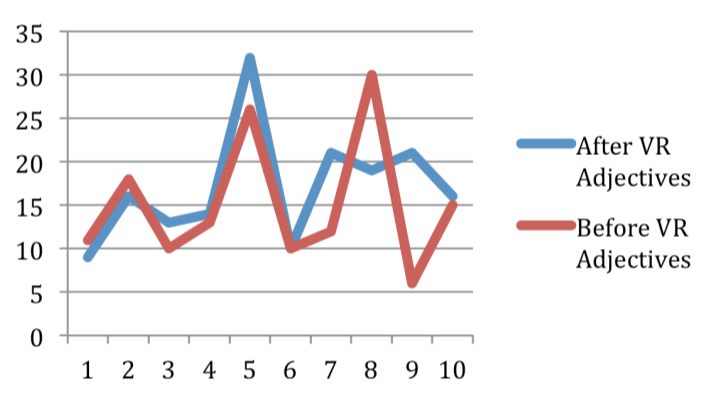Research
Research conducted under the Educational Leadership program at California State University East Bay, educator Azine Davoudzadeh M.S., focused on how innovative technology, specifically Virtual Reality could change eighth grade females' attitudes towards technology.
Virtual Reality: Transforming the Future of Girls in Tech
By Azine Davoudzadeh May 20th, 2017
A Bay Area Middle School
In 2008, a middle school nestled within the San Francisco Bay Area opened its doors to a widely diverse mix of students, from 61% of Asian ethnicities to the smallest being Native Hawaiian and Pacific Islander at 0.1%. This school features programs like English language learner, tutorial response to intervention, and culturally responsive classes. They are also frequently expanding their technology courses in order to be competitive within the global job market by offering a wide range of electives. These include courses such as Advanced Tech, Video Production, Robotics, 21st Century Design and Media Graphics.
While these courses gave students a variety of choices, an achievement gap between genders became evident after reviewing enrollment data. This overrepresentation of males in this particular field is recognized globally as our current tech industry accounts for only 20% female employees. With technology like Virtual Reality increasing in use and popularity, this data raises questions regarding females' attitudes towards technology, along with how exposure at a younger age could potentially raise their interests in a future tech career.
What is Virtual Reality (VR)?
VR is a computer-generated environment that lets the user experience a different reality. It is highly visual and immersive, qualities that have been shown to resonate with female students.
According to the American Journal of Engineering Education, it states, "girls learn best in environments that promote collaborative learning, hands-on experiences, creativity and practical applications"(Cooper & Heaverlo 2013). Another article, Middle School Girls Envisioned Future in Computing, surveyed girls from a Silicon Valley Private School that echoed a similar sentiment: "The highest score for both groups was on similarity to artists, which may indicate that middle school students are open to a range of future possibilities or that even computer-inclined girls see technology as an artistic medium" (Friend 2015 p166).
Female Mentorship
It has been studied that females are six times more likely to go into STEM related jobs with strong mentorship and female role models, including teachers, peer mentors, and mothers.
The Theory
If we implement VR into classrooms, then it will increase the likelihood that female students will gain interest in pursuing fields in technology. Additionally, if we hire more female tech instructors, it will increase the number of girls' curious about Science Technology Engineering Math (STEM) related topics.
Participants included 55 8th grade students (ages 13-14) and the focus was specified on female students who did not previously exhibit interest in technology classes. Results are compared before and after the VR intervention.
Effects
These results suggest that having VR exposure does have an effect on females' interest levels for future careers in technology, since the mean rose 0.23.
Based on the paired t-test having VR exposure has a statistically significant effect on females' interest levels for future careers in Virtual Reality.
Findings
Compared to their male counterparts, females' average rose to meet with the male interest in pursuing careers in VR.
Additionally, Writing Samples revealed that the number adjectives female students used increased after the VR intervention.
Conclusions and Recommendations
From the findings of this study, there was compelling evidence to suggest that females' interest in pursuing careers in technology and VR was significantly increased after Virtual Reality exposure. It was also found that VR improved descriptive writing outcomes for students.
Further research is needed to better understand what will sustain girls' in tech careers and how VR can be used in the classroom as a learning tool. Other recommendations include:
- Implement VR into weekly lessons
- Create VR content specific to curriculum being studied
- Increase female technology instructors
- Professional Learning Communities for VR in the classroom
Sources:
1. Cooper, Robyn; Heaverlo, Carol. (2013). Problem Solving and Creativity and Design: What Influence Do They Have on Girls' Interest in STEM Subject Areas? Retrieved from https://eric.ed.gov/?q=stem+career&ft=on&ff1=dtySince_2012&ff2=souAmerican+Journal+of+Engineering+Education&id=EJ1057114
2. Friend, Michelle. (2015, May 5). Middle school girls’ envisioned future in computing. Retrieved from https://www.tandfonline.com/doi/abs/10.1080/08993408.2015.1033128










